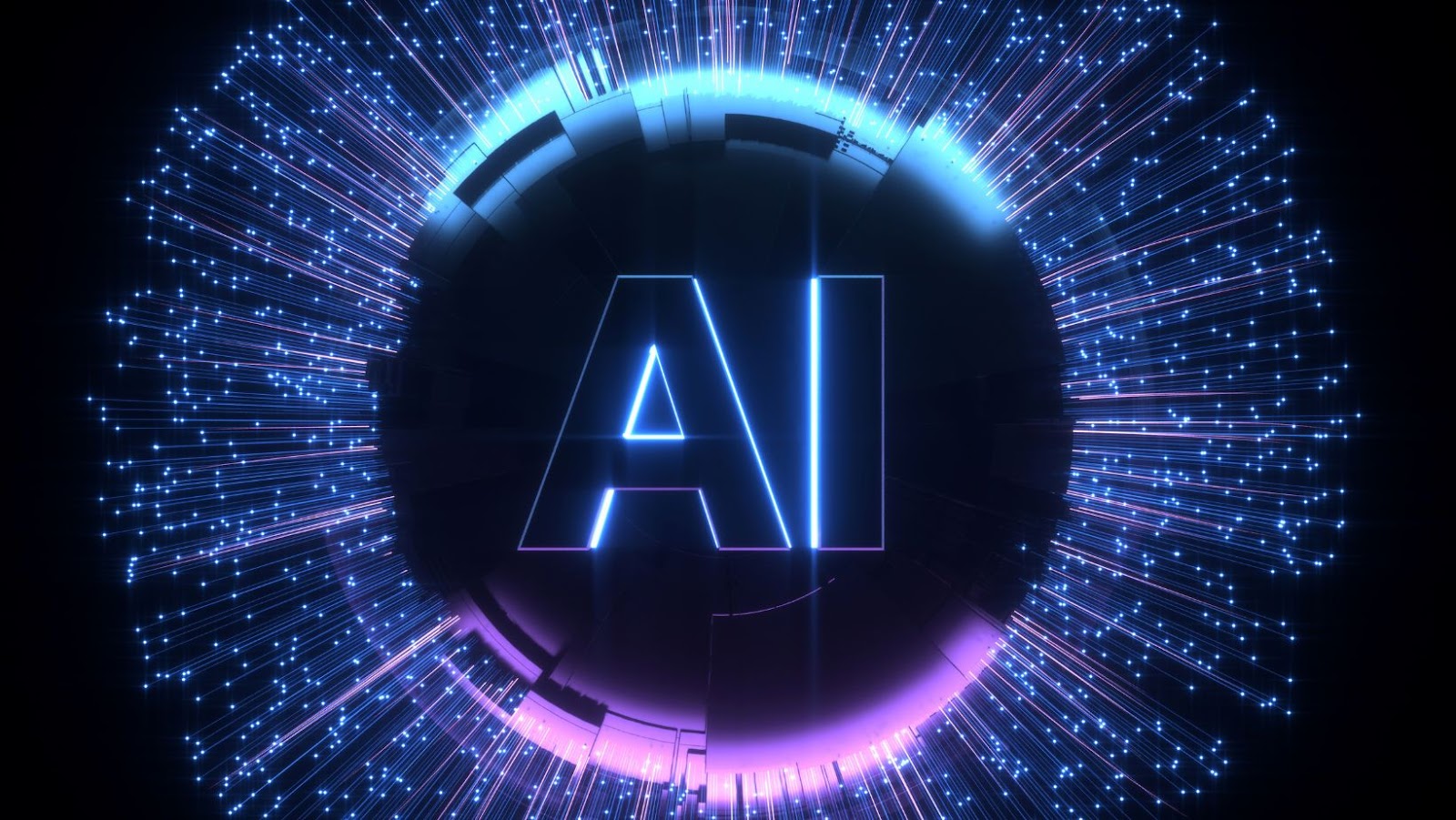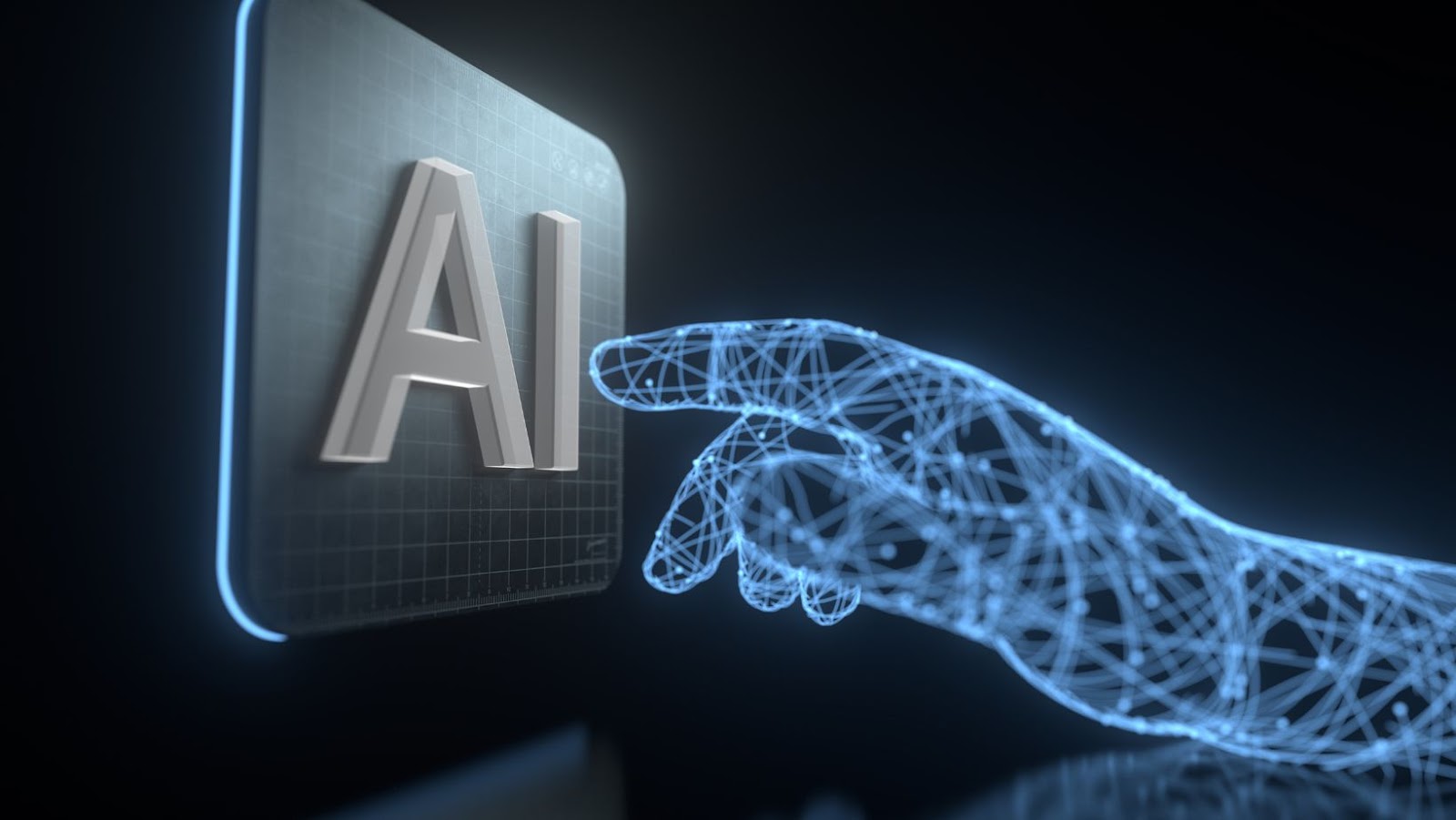
The use of data has the potential to revolutionise the healthcare industry, enabling AI to identify medical conditions earlier and provide more accurate diagnoses with the help of unique health data sets. With the power of AI and data science, researchers can leverage unique health data sets to train AI models to accurately predict medical conditions in a matter of seconds.
In this article, we will explore the potential of unique health data sets and how it could help AI better predict medical conditions:
Overview of The Potential of Unique Health Data Sets in AI Prediction
The potential of unique health-related datasets in AI predictions is quickly becoming apparent. As AI algorithms use larger datasets and more data sources, it is possible to develop AI applications tailored to the precise needs of a particular industry or data set. This can be particularly useful in healthcare, as specialised information about patients, diseases, and treatments can be used for predictive analytics and personalised patient care.
In particular, large-scale health-related data sets offer a great deal of potential for AI applications – including the ability to:
- Detects patterns between patients’ medical conditions and treatments.
- Uncover correlations between medical history and an individual’s response to treatment.
- Identify predictive factors related to good clinical outcomes.
- Improve the accuracy of drug dosages.
- Conclude from multiple sources without bias.
- Generate more reliable predictions than traditional methods.
Additionally, due to their specificity and size, these health-related datasets provide clinicians with a powerful platform to test new treatments. The insights gleaned from such testing can then be used to improve existing protocols or create entirely new ones based on what was learned from these datasets. Furthermore, using AI tools on such datasets may help uncover correlations overlooked by traditional methods that are invaluable in identifying targeted treatments for individual patients.
Overall, unique health-related datasets have immense potential for predictive analytics when applied within an AI environment – potentially revolutionising how treatment is delivered in today’s healthcare system.
Unique Health Data Sets Could Help AI Predict Medical Conditions Earlier
Unique health data sets are collections of health-related data that provide a snapshot of an individual’s health at a specific time. These data sets allow for accurate and reliable analysis of a person’s health, giving insight into potential medical conditions and providing valuable information for AI prediction models.
This article will explore the potential of unique health data sets in AI prediction and how they could help detect medical conditions earlier.
Definition of Unique Health Data Sets
Unique health data sets can be difficult to acquire, but offer a valuable insight into individual health. This data is unique because it captures physical and mental elements of an individual’s health situation. For example, it may include records from medical appointments, fitness trackers, lab results, medications taken, psychological assessments, mental health surveys, or any other data that provide information about the patient’s physical and mental states at the time of collection.
These unique health data sets can provide invaluable understanding to help researchers develop predictive models for better health outcomes. By capturing patients in different scenarios – such as when they’re feeling well or sick – and analysing how they respond to various treatments or therapies, AI algorithms can be developed using this data to detect patterns in the way diseases progress or respond to treatment options. This information can also be used in clinical trials where medical organisations use AI algorithms to identify high-risk populations who will most benefit from a trial drug prior to deployment; this helps ensure that only patients who truly need the therapy receive it during clinical phases of research.
The potential uses for unique health data sets are vast; they have the power to improve healthcare delivery by providing more accurate diagnosis and predicting treatments with greater accuracy and speed than ever before. As such, it is important for researchers and healthcare organizations alike to understand its potential implications and properly deduce how it may be most effectively employed for improved patient care:
- Detect patterns in the way diseases progress or respond to treatment options.
- Identify high-risk populations who will most benefit from a trial drug before deployment.
- Provide more accurate diagnosis and predicting treatments.
Types of Unique Health Data Sets
Unique health data sets refer to large sets of data created by compiling large amounts of patient-level or healthcare provider-level information. These data sets include clinical patient records, genomics, and medical claims data. The data comes from unique sources such as hospitals, insurers, and pharmaceutical companies. As healthcare providers and organisations strive to use new technologies to improve the quality of care for their patients, access to these unique databases is becoming increasingly valuable for research purposes.
Unique health datasets offer tremendous potential for enabling advanced analytics and machine learning algorithms in healthcare applications such as diagnosis, management recommendations, emergency departments evaluations, predictive analytics and cost containment initiatives.

By leveraging AI technology on these unprecedented resources of real-time health datasets, practitioners can help make individualised healthcare decisions based on patient-specific evidence bases. This can lead to improved quality of care while helping reduce costs across the board.
Types of unique health data sets include:
- Claims Data: Claims databases compiled by insurers that contain detailed information about medical services provided by providers along with related utilisation patterns and total costs associated with them
- Electronic Health Records (EHRs): Comprehensive records shared between multiple stakeholders in a healthcare setting that contain numerical/symbolic representation about a person’s medical history including symptoms & diagnosis
- Genomic Data: Information gathered from sequencing DNA or genes through specialised tests such as whole genome sequencing which enable researchers to identify mutations associated with certain diseases
- Clinical Trial Data: Detailed information collected from completed studies that enable researchers to evaluate outcomes related to drugs & treatments
- Epidemiological Data: Population-level & community-based demographic information used for the assessment and monitoring of disease prevalence
Benefits of Using Unique Health Data Sets for AI Prediction
Unique health data sets have the potential to revolutionise the role of AI in medical diagnosis. By using large and complex datasets of health records, AI algorithms can analyse more factors to accurately predict medical conditions. This could enable medical practitioners to diagnose medical conditions earlier and more accurately.
In this article, we will discuss the potential benefits of utilising unique health data sets for AI prediction:
Improved Accuracy in Predictions
Using unique health data sets can help improve the accuracy of Artificial Intelligence (AI) models used in healthcare. By leveraging large and diverse datasets, AI models can identify patterns and trends that may not be easily seen by humans or traditional approaches, allowing them to make more accurate predictions.
By incorporating data from various sources, such as clinical records and health surveys, AI models can be trained to recognize patterns in how disease progresses. This understanding could then inform earlier interventions for those with chronic diseases or provide more precise treatments for individual patients. Additionally, patterns discovered through unique health datasets could help identify potential connections between environmental factors and public health issues.
Unique health datasets can also be used to develop predictive analytics models that anticipate a patient’s future needs. Predictive analytics algorithms utilise machine learning techniques to analyse a patient’s medical history and current conditions to estimate what future care will most likely be needed. As an example, these techniques can monitor changes in vital signs and medical data points to detect subtle alterations in a person’s condition and suggest necessary interventions before serious illness or injury onset.
Utilising unique health datasets is crucial for improving the accuracy of AI models used in healthcare prediction. It allows AI models to uncover complex relationships between any given data points across multiple sources that may otherwise go unnoticed. By incorporating this information into predictive analytics algorithms, healthcare providers are better equipped with insights into their patient’s care needs before those needs are present – ultimately leading to improved outcomes for the patient’s overall wellbeing and the healthcare system at large.
Increased Speed of Diagnosis
Using unique health data sets for AI prediction can provide numerous benefits, including increased speed of diagnosis. Healthcare organisations can analyse large amounts of patient data to more quickly discover patterns, evaluate better treatment options, and implement more accurate diagnoses.
AI algorithms can interpret patient data more swiftly than humans and generate predictive models tailored to patients’ health conditions. This increase in speed enables healthcare providers to diagnose issues quickly and accurately and reduce errors in prescribing medications or recommending treatments.
Additionally, AI-based automated diagnostics can produce actionable insights that improve patient outcomes, allowing for faster responses for patients who are critically ill or require emergency attention.

Finally, by leveraging AI technology, healthcare providers can better manage their workloads as these algorithms offload numerous manual tasks that would otherwise require human resources.
Reduced Cost of Diagnosis
Using data sets from unique health sources such as wearable devices, blood tests and scans, machine learning algorithms can now make predictions with high accuracy and precision. This can reduce the costs associated with diagnosis, making early diagnosis possible in many cases. According to the report “The Potential of Unique Health Data Sets in AI Prediction”, unique health data can dramatically reduce the cost of diagnoses, reducing overall healthcare costs significantly.
Data sets from wearable devices are especially beneficial as they can track individual heart rate patterns over time and detect differences which could indicate underlying medical conditions. Machine learning algorithms leveraging this information can be trained to recognize subtle changes in user’s health conditions over time. Therefore, these algorithms can form accurate predictions even when changes in a patient’s state are minor and could otherwise be missed by traditional methods.
Unique health data and predictive analytics offer insights into medical conditions and overall lifestyle choices that can aid healthcare professionals in making faster diagnoses for more accurate treatments – all at a fraction of the cost associated with traditional diagnostic methods. For example, providers may be able to recognize problems related to diabetes or depression just by looking at an individual’s lifestyle patterns daily over long periods rather than incurring high overhead costs associated with testing and monitoring individual patients separately.
Overall, using unique health data sets for AI prediction provides larger scale insights that lead not only to improved diagnosis but also better prevention measures tailored to individual behaviours, resulting in lower healthcare costs in the long run.
Challenges of Using Unique Health Data Sets for AI Prediction
With the rapid advances in artificial intelligence and machine learning, there has been an increased interest in using unique health data sets to help AI make more accurate predictions regarding medical conditions. However, despite the potential of using unique health data sets in AI prediction, some challenges must be addressed to ensure greater accuracy and reliability when predicting medical conditions.
Let’s explore some of these challenges in further detail:
Privacy and Security Concerns
Using unique health data sets for AI-driven medical diagnosis and prediction poses several distinct security and privacy concerns. Although such patients-specific data sets can be an invaluable resource for AI researchers, they must be used efficiently and securely to maintain patient trust and avoid misuse or unauthorised access to sensitive data.
Increasing demands on healthcare services, in combination with the increasing sophistication of the technology available, drive a need for careful ethical consideration when deciding what health information can be used with AI algorithms. Any data set which contains personally identifiable information may require additional safeguards due to the associated privacy risk. As such, it is important to consider the implications of any unique health data set. Additionally, safeguards must be put in place to ensure that the dataset remains confidential at all times -with access restricted to authorised personnel only.

There are also questions around who has ultimate responsibility for decisions based on sensitive patient records; such as when an automated medical diagnosis is made by an algorithm using pre-existing personal information. Finally, questions remain around how much autonomy should be given to machines -and what happens if their predictions are incorrect? It is vital that these issues are addressed before any form of implementation begins so that clear guidelines regarding its usage exist from the start.
Lack of Data Standardisation
When attempting to use unique health data sets for AI prediction, one of the biggest challenges is the lack of standardisation among the data sets. Since each data set could come from a different provider or with different formatting, it can be difficult to easily use them for predictive analysis. The lack of standardisation means that some steps must be taken to ensure that all of the data used in AI prediction is properly formatted and consistent across sources.
Additionally, unique health data sets can be expensive and difficult to obtain. Many providers do not make these publicly available which requires further research into how they can be accessed and used. Furthermore, due to the various privacy regulations such as HIPAA patient consent form must often be obtained before any medical records are made available for research purposes, making access to unique health datasets even more challenging.
Another challenge associated with using unique health data sets is that they may contain outdated or unreliable information given their distinct origins. As such, it is important to take extra steps in verifying the data integrity which can add an extra layer of difficulty when preparing for AI and machine learning based predictions with these datasets.
Difficulty in Collecting and Processing Data
The major challenge of using unique health data sets for AI prediction is the difficulty collecting and processing the data. This is because it requires obtaining accurate data from many sources to develop realistic models of health outcomes. Additionally, due to the complexity and large volume of collected health data, it can be quite difficult to process it properly.
AI-driven prediction models require up-to-date and reliable information to accurately predict patient outcomes. Collecting the right data and preparing it for use in predictive models can be a time consuming process. To make use of unique health data sets in AI prediction, researchers must first prepare the datasets by:
- Cleansing the noise and erroneous entries
- Removing duplicates
- Assigning meaningful labels
After that, complicated algorithms should be chosen based on the specific type of research being conducted to produce reliable predictions with high accuracy levels.
Furthermore, considering that complex medical procedures often involve multiple specialists from different fields as well as specialist equipment such as MRI machines or CT scanners; this means that teams must also acquire multi-dimensional datasets which may take several more steps than a standard dataset from a single hospital or medical facility would require. This adds complexity to an already complex task. It presents a significant challenge for any research team who wish to use AI predictive models based on unique health datasets for their research studies.
Conclusion
The potential of unique health data sets coupled with AI technology could help in the earlier prediction of medical conditions. By combining medical records and biological data, AI can detect the subtle signs of illness sooner than traditional methods. This could revolutionise medical diagnostics and transform how diseases are detected and treated.
Moreover, using data sets from various sources, AI can better target the at-risk population and enable doctors to provide personalised care.
In conclusion, the potential of unique health data sets in AI prediction is great, as it could help save lives, reduce healthcare costs, and make treatments more effective.
Summary of The Potential of Unique Health Data Sets in AI prediction
In summary, the potential of unique health data sets in AI prediction can be a powerful tool when utilised effectively. By leveraging high-quality data sources and powerful AI models, healthcare practitioners can make better decisions quicker, resulting in improved patient outcomes.
Additionally, the cost-effectiveness and scalability of AI models mitigates the burden of manual data processing that physicians regularly encounter. Furthermore, increased accuracy and precision enable better diagnosis, leading to more reliable treatments tailored to specific conditions.
As science advances and more sophisticated algorithms are developed to harness big data sets increasingly swiftly, AI will continue to play an integral role in modern healthcare.












